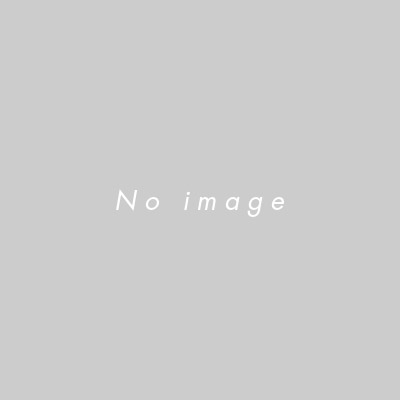芸術と平和
| 作品名 | 芸術と平和 |
|---|---|
| 作家名 | 横尾 忠則 |
| 年代 | 2006 |
| 技法 | 油彩・キャンバス |
| 作品解説 | 横尾 忠則《芸術と平和》2006 油彩・キャンバス 1960年に上京し、グラフィック・デザイナーとして活躍した作者は、70年には大阪万国博覧会「せんい館」のデザインを担当しました。80年の「画家宣言」後は、多様な主題とスタイルによる、鮮烈な絵画作品を精力的に発表してきました。2000年9月より「Y字路」シリーズを開始。当初の、実景の忠実な再現から徐々に離れ、別の街路を撮影した写真を巧みに合成して存在しないひとつの風景を構成することで、横尾のY字路は普遍的な三叉路となり、岐路の表象となりました。本作では、比治山下の交番を中心に、左の道の先には美術館と空に世界地図の形をした雲が、右の道の向こうには原爆ドームと空にキノコ雲が描かれています。 |
| 作品解説(英) | Tadanori YOKOO "Art and Peace" 2006 oil on canvas Yokoo moved to Tokyo in 1960 to work as a graphic designer, and in 1970 he designed the Textiles Pavilion for Expo ’70 Osaka. Since declaring himself a painter in 1980, Yokoo has been prolifically producing intense paintings with a remarkable variety of subjects and styles. In September 2000 he began the Y-Junctions series, and gradually moving away from the initial faithful reproductions of actual scenes, Yokoo’s Y-junctions became universal images of three-way intersections, iconically representing forking roads created by skillfully blending photographs of different streets to produce landscapes that do not actually exist. In this work, a police box in Hijiyamashita, Hiroshima is in the center, with the museum and clouds in the shape of a world map in the sky at the end of the road on the left, and the Atomic Bomb Dome and mushroom clouds in the sky across the road on the right. |
| 作品解説(中) | 横尾 忠则《艺术与和平》2006 作者于1960年移居东京,从事平面设计工作,1970年负责设计了大阪世界博览会的“纤维馆”。在1980年的“画家宣言”后,他一直在积极创作各种主题和风格的印象强烈的绘画。2000年9月起开始推出“Y字路”系列。通过逐渐脱离原来对实际场景的忠实再现,并将不同街道拍摄的照片巧妙地合成为一个不存在的景观,横尾的Y字路变为了一个普遍的三叉路,并且成为了十字路口的象征。本作品中以比治山下的岗亭为中心,左侧道路尽头是美术馆和天空中世界地图形状的云彩,右侧道路对面则是原爆圆顶馆以及天空中的蘑菇云。 |
| 作品解説(韓) | 요코오 다다노리《예술과 평화》2006 1960년에 상경하여 그래픽 디자이너로 활약한 작가는, 70년에 오사카 만국박람회 ‘섬유관’의 디자인을 담당했습니다. 80년 ‘화가 선언’ 후에는 다양한 주제와 스타일의 선렬한 회화 작품을 활발하게 발표해 왔습니다. 2000년 9월부터 ‘Y자형 교차로’ 시리즈를 시작. 처음에는 실제 풍경을 충실하게 재현했으나, 서서히 다른 길을 촬영한 사진을 교묘하게 합성해서 존재하지 않는 하나의 풍경을 구성함으로써 요코오의 Y자형 교차로는 보편적인 삼거리가 되었고, 갈림길의 상징이 되었습니다. 이 작품에서는 히지야마시타의 파출소를 중심으로 왼쪽 길 끝에는 미술관과 하늘에 세계지도 모양의 구름이, 오른쪽 길 맞은편에는 원폭돔과 하늘에 버섯구름이 그려져 있습니다. |

